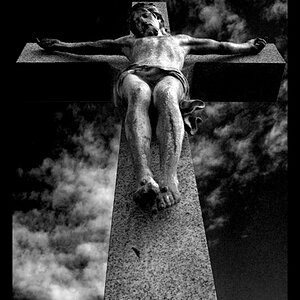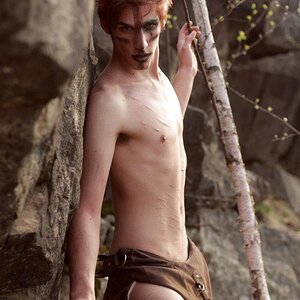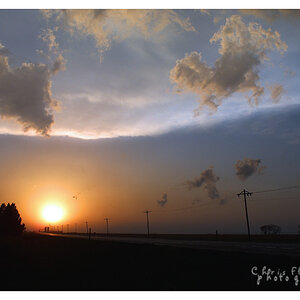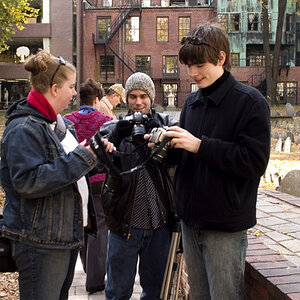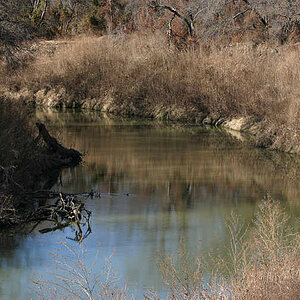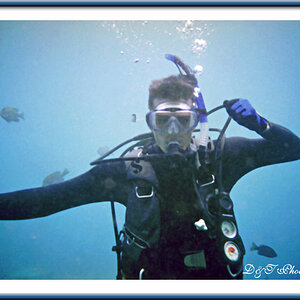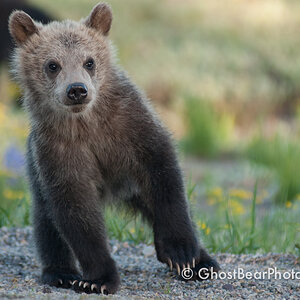Florin
TPF Noob!
- Joined
- Jun 19, 2009
- Messages
- 11
- Reaction score
- 0
- Location
- Bucharest
- Can others edit my Photos
- Photos OK to edit
Hello! I am playing with a shutter speed tester and while looking at the graphs I noticed that there is a tiny difference in time from the moment the shutter starts to open to the moment the shutter is wide open (obviously). I was wondering: does the speed that I select (1/125 for example) represent the time my shutter is wide open or the speed from the moment the shutter starts to open until it is fully closed?
Thank you!
Thank you!


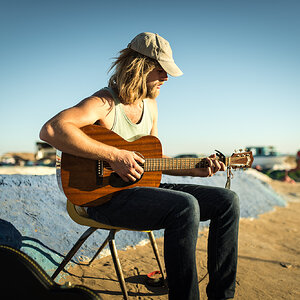
![[No title]](/data/xfmg/thumbnail/41/41779-303c41fcb3e37507cbe986d76dbfcf85.jpg?1619739890)
